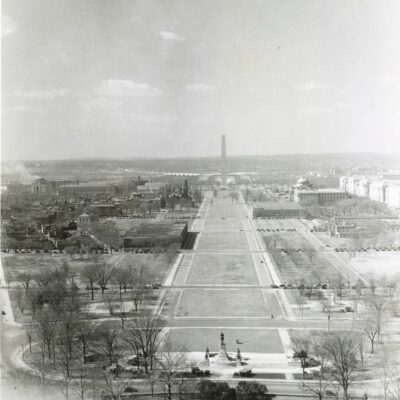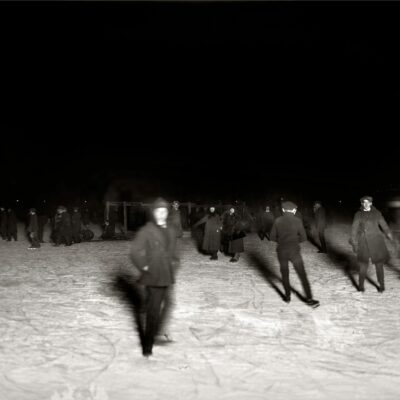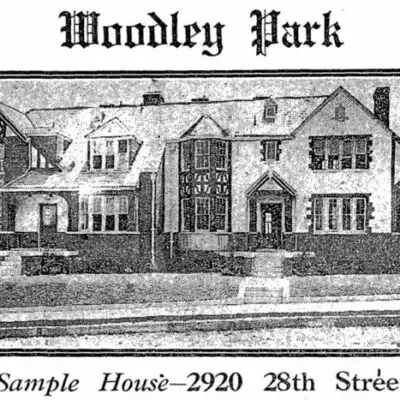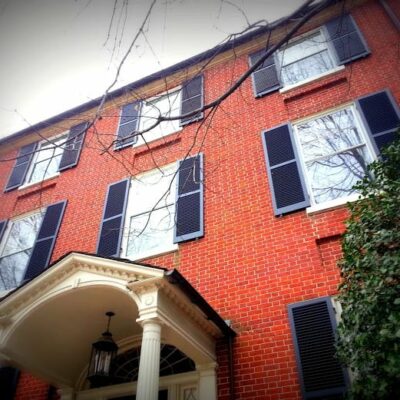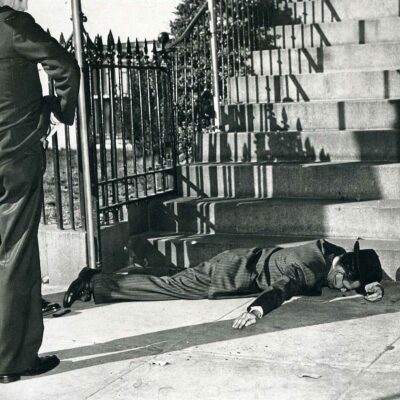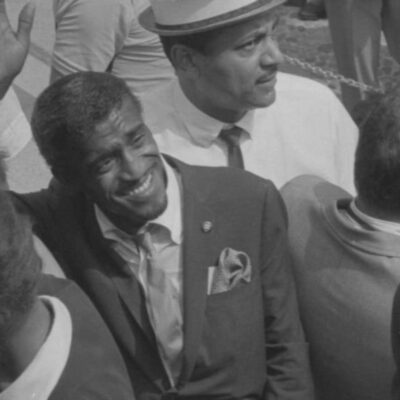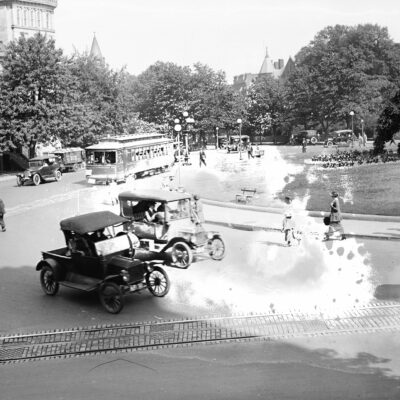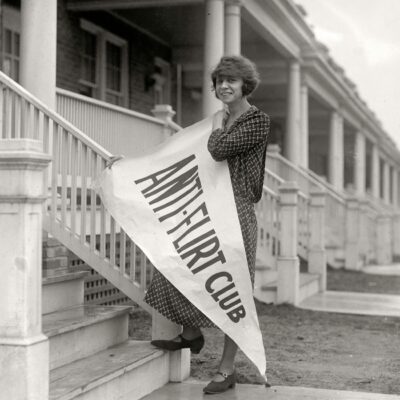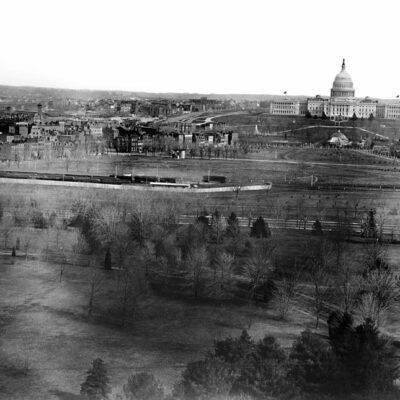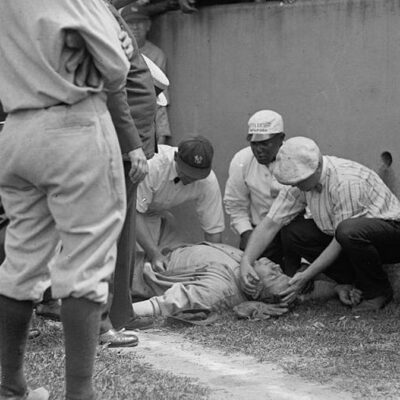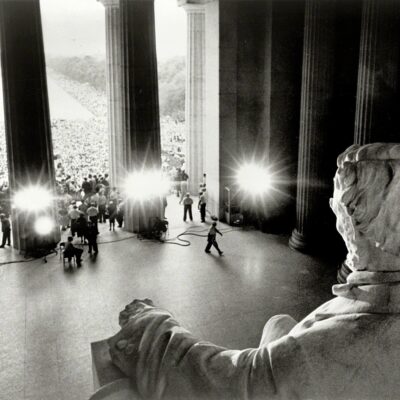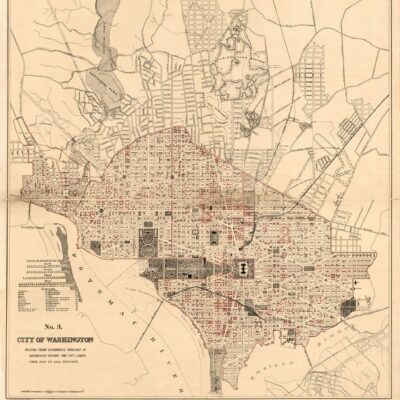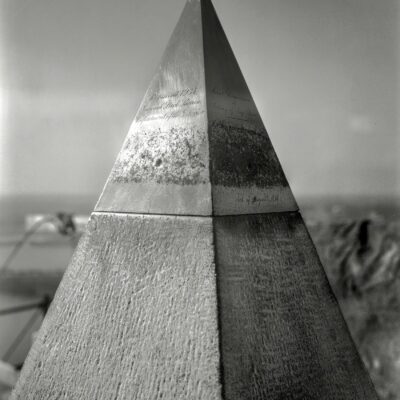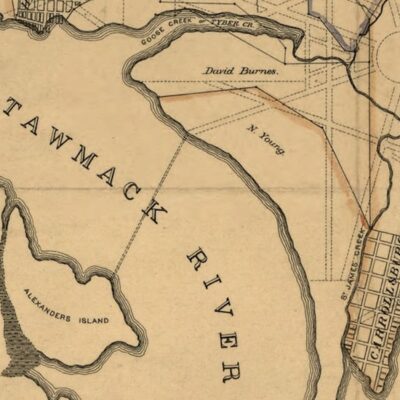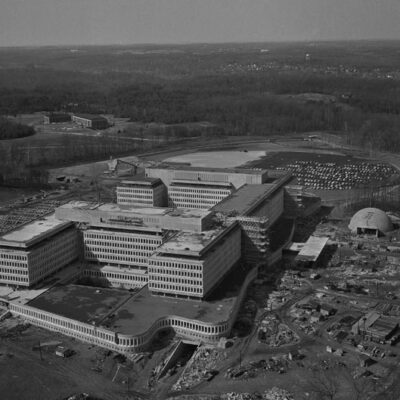Well over 30,000 passengers pass through Metro Center every single day, and upwards of 9.7 million do each year. It is the hub of Washington’s Metro (there almost was a second hub at Farragut Square).
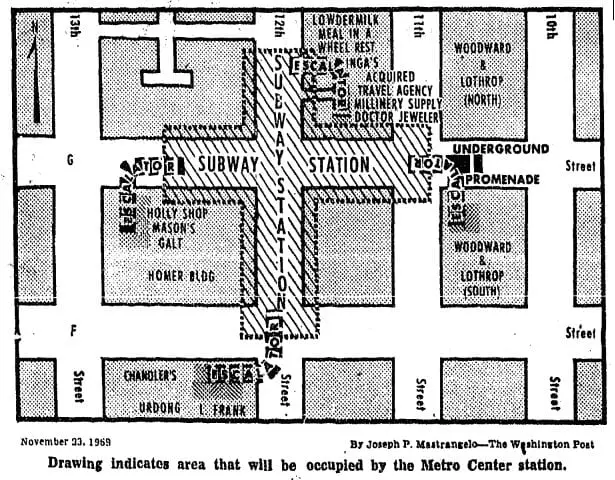
A fascinating 1969 article in the Washington Post detailed the plans for the new Washington Metro hub at 12th and G St. NW.
Passengers will be carried to and from these depths on 31 escalators interconnecting the street, two mezzanines, the concourse and the platforms.
The street access points will be as far apart as G Street’s intersections with 11th and 13th Streets.
By 1990, the station will be used daily by half as many people as now ride Washington’s entire bus system. And it is only one of 86 stations on the proposed 98-mile rail network, 44 of which will be in Washington.
To make way for the construction of the $15-million-plus facility, a maze of underground utilities that includes 120 telephone conduits must be moved and eventually replaced without interruption of service. Each conduit serves hundreds of individual lines.
“It is part of one of the biggest concentrations of telephone lines you will find anywhere in the world,” said Emiml Press, who specializes in utility problems for DeLeuw, Cather & Co., the Metro system’s firm of engineering consultants.
…
But, Press said, the sewers may prove too delicate and probably must be replaced. They were built of brick in the post-Civil War era.
The Metro Center station, which takes its name from a National Capital Planning Commission development plan, will be on the first operative subway line in Washington. By late 1972 or early 1973, it will link Rhode Island Avenue NE with Dupont Circle via Union Station and G Street.
Like most massive projects, that 1972 launch date slipped a fair bit into 1976. Washington’s own Big Dig. The piece continues.
During the Metro Center station’s design, one dimension, its width, was shrunk–not by much, but enough to avert a problem that sent shudders through Metro’s real estate, engineering and money men.
Originally planned to extend the full width from building front to building front, the G Street tunnel would have required not only massive underpinning but the shearing off of dozens of store display windows that overhang the sidewalks. A four-foot shrinkage eliminated this need.
…
One building that will come down there houses the training school for Secret Service agents. It was found cheaper to buy it from the government than to shore it up during construction.
Another downtown landmark, Galt’s jewelry store (once owned by Edith Galt Wilson, second wife of the late President) will be displaced along with two other stores that occupy rented space in the Homer Building at 13th and G.

